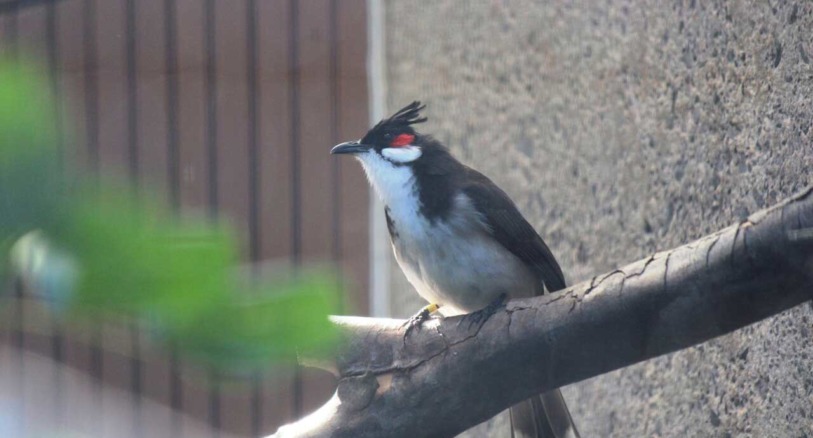
Toucans are found in tropical and subtropical forests in South America;, mainly in Brazil, Paraguay Argentina, and Bolivia. There are about 40 different species of toucans.

During the day frogmouths sleep perched lengthwise on a branch with their heads up and their eyes closed. Their color so matches the branch that they look like part of it and are almost impossible to see.

The flight call is a shrill disyllabic screech, repeated a number of times in rapid succession. They are also known to have a thin, high pitched wheezy note, and while perched they may emit typical chuckling sounds.

They are predominantly brown in color and have a head crest of the same coloring. Its bill is black on the upper part and a pinkish color on the lower part of the bill.

The African ground hornbill inhabits the African savanna south of the equator. Ground hornbills prefer steppes and savannas with a fairly low grass growth, which makes the search for food easier.

Sacred Ibises are common in East Africa and are found throughout Africa south of the Sahara. They frequent marshes, swamps, riverbanks, pastures and plowed fields.

Of the six species of spoonbills only the Roseate Spoonbill lives in the Western Hemisphere. However, they all inhabit the warmer portions of the world.

This particular bulbul has adapted well to trees and shrubs in large suburban areas or yards. These birds usually stay under cover of vegetation, but occasionally perch in the open.

Fairy bluebirds live in the forest crown and are gregarious fruit-eaters. They live in pairs or small troops and keep to the evergreen lowland forest.

Red-billed Leiothrix are native to Southern Asia and are now found on the Hawaiian Islands. These birds were first introduced to Kauai in 1918.

